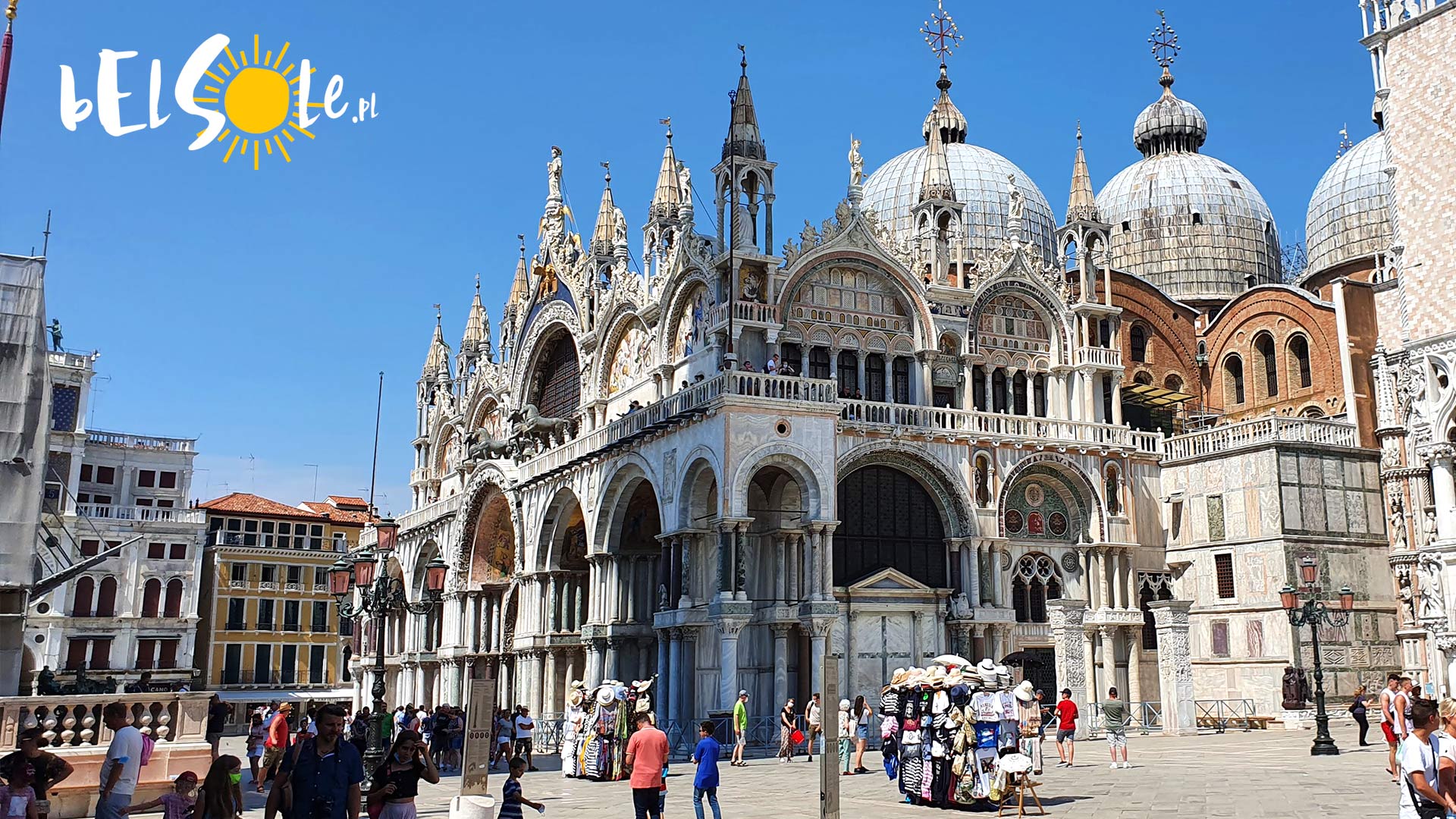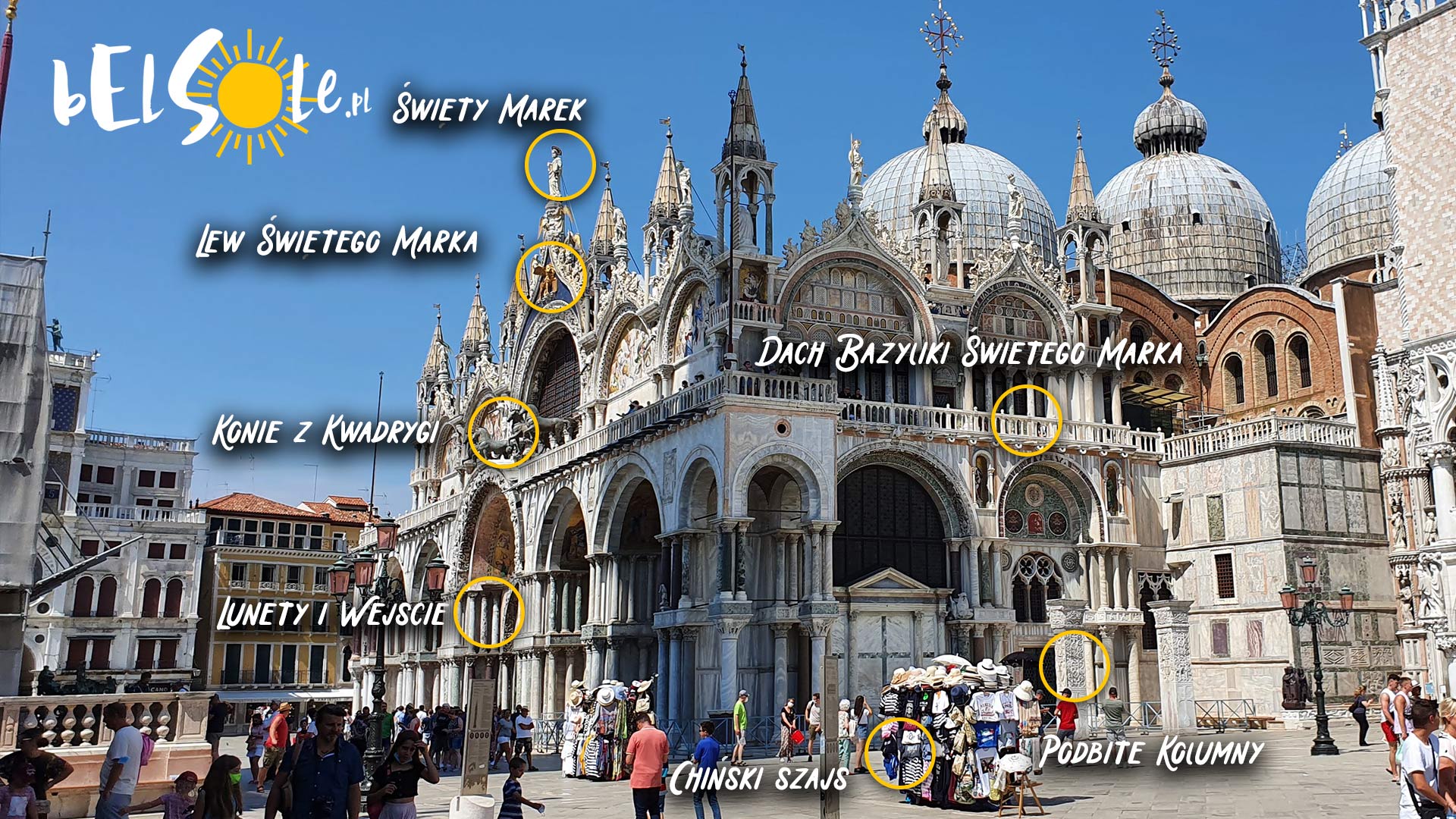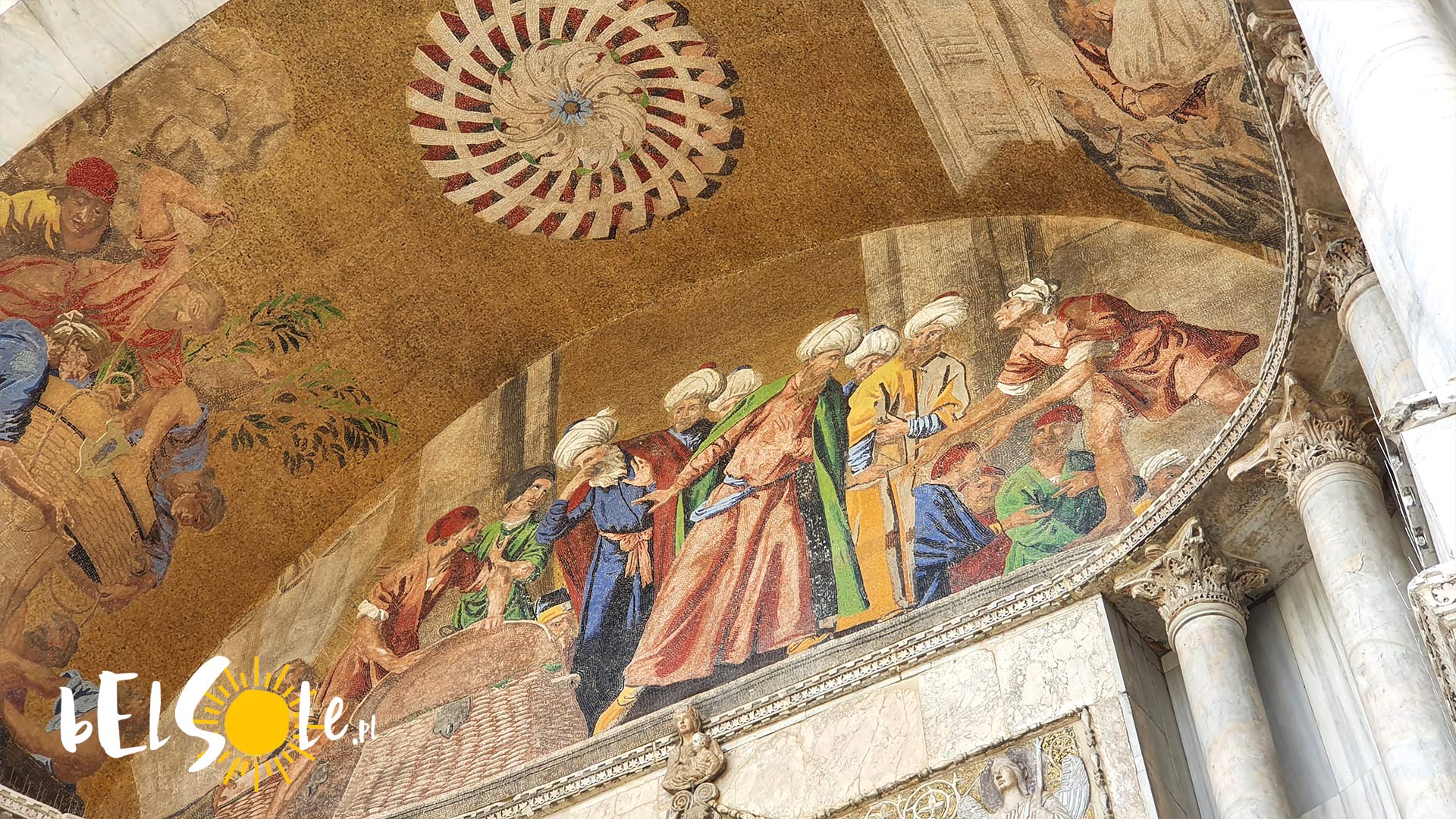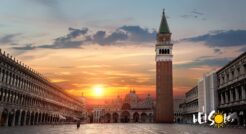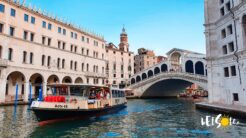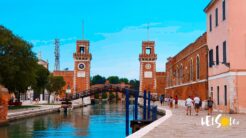Though the basilica in Venice is not the largest, it’s certainly one of the most beautiful and well-known temples in the world. Located on the St Mark’s Square, it’s one of the biggest attractions in the floating city, alongside the Grand Canal and the Rialto Bridge. Why is it one of the most famous sites in Venice? Do you need tickets for it? We’ll go over that and more today in today’s guide to St Mark’s Basilica.
Entry to St Mark’s Basilica
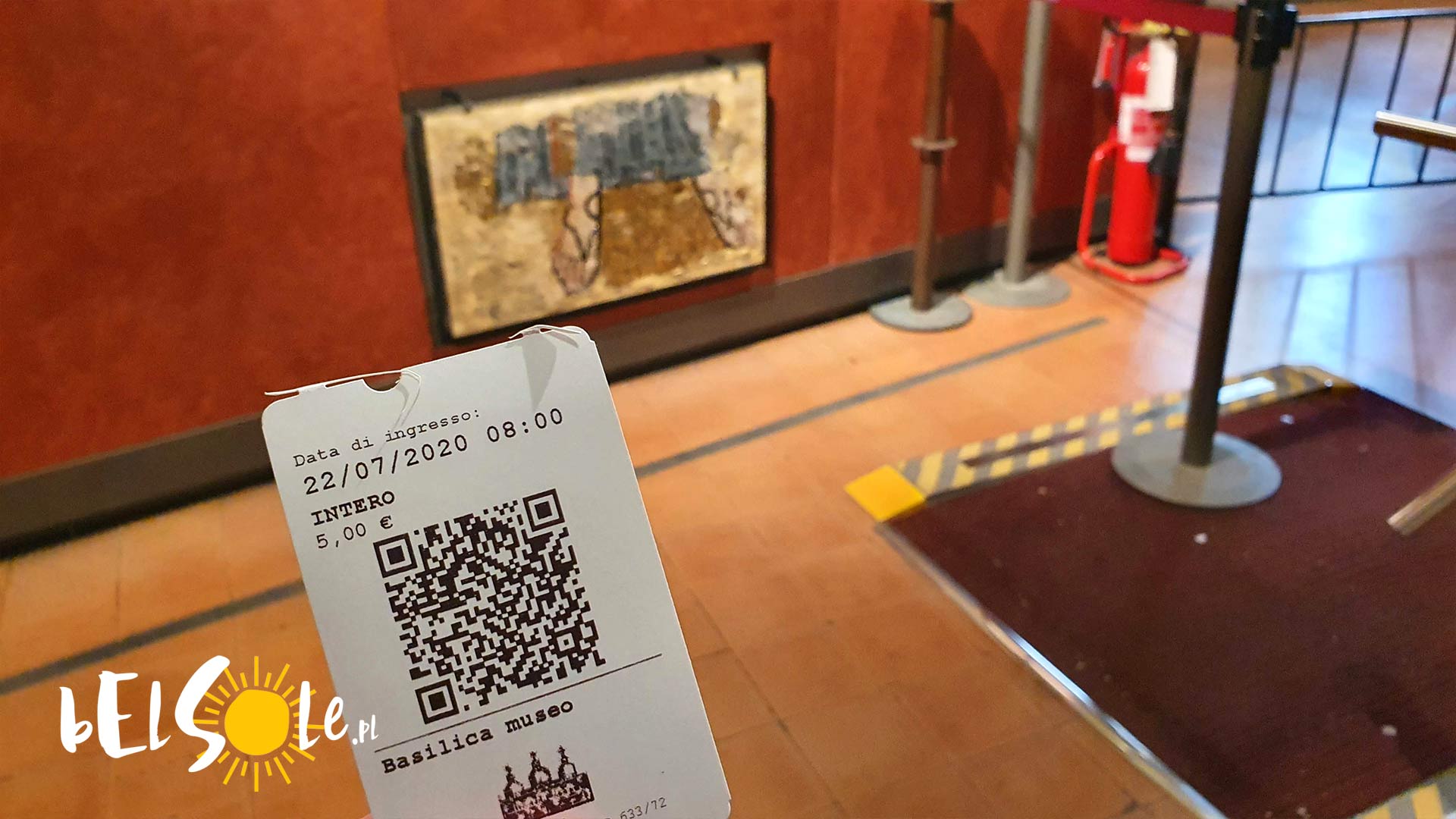
You may have heard that entry to St Mark’s Basilica is free. Sadly, this is the case only for people attending religious events, entering through an entrance on the left side of the basilica. Otherwise, a ticket is required. You have a few options: opt for waiting in line for a long, long time and buy a ticket for €3 on site, go for a skip-the-line ticket instead or take a tour. You can either find ticket bundles from external vendors or from the official site here. All the tickets on the official site are ‘skip-the-line’, so the €6 ticket for St Basilica also allows you to enter through the other gate than the rest of the people waiting in line.
Of course, you can also find options for guided tours. Apart from the basilica itself, you also have the Pala d’Oro, the Museum and the Bell Tower. You can either find the tickets on the official site linked above or opt for a tour which includes all (or some) of them.
Visiting St Mark’s Basilica in Venice
As for the Basilica itself, you have three entrances: the Door of Saint Clement, the Door of Flowers and the Door of Saint Peter. The Door of Saint Clement is the main door, the one which will be besieged by a massive wave of tourists. The Door of Flowers is the door used by people attending religious events. Finally, the Door of Saint Peter is the one you’ll use if you have a skip-the-line ticket. As for the museum, the entrance is located on the upper floor of the basilica – there’s a small door near the Door of Saint Clement, leading to a staircase.
Inside the museum, which is part of St Mark’s Basilica, you can find mosaics from inside the temple, quadriga horses, sculptures and a mini-version of the building. The museum hall also overlooks the main part of the cathedral and offers a close-up view of the unique mosaics used for the interior façade.
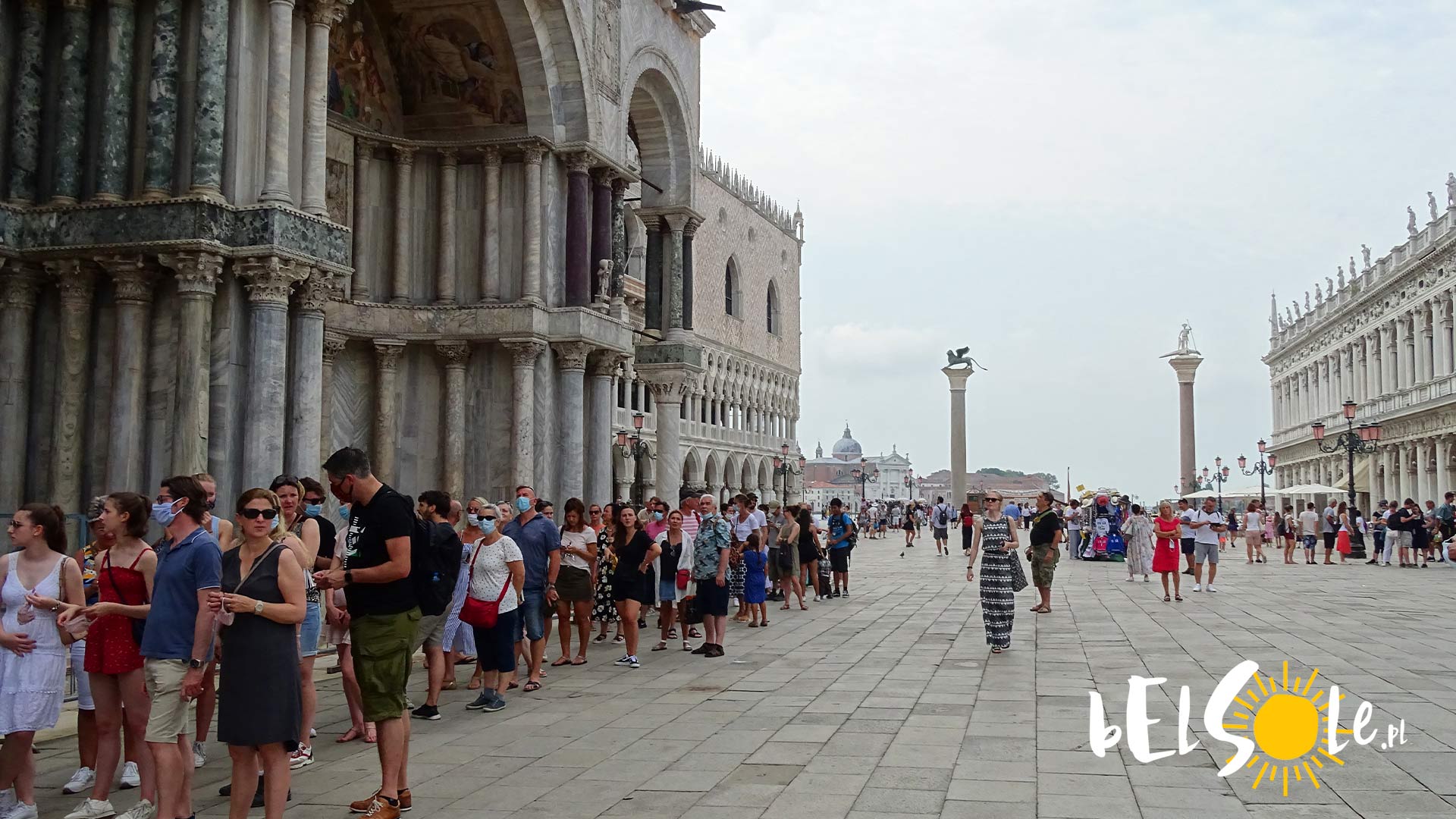
You can also venture to the roof of the basilica from the museum – from up there, you can see the St Mark’s Square, the Doge’s Palace, the tower and even Caffe Florian
The museum tour itself is quite short, it’s mostly about the interior view of the Basilica and the horses. Still, it’s a decent experience and, after all, you’re already there, aren’t you?
Also, be mindful of the regulations inside of the basilica – dress code applies, meaning knees and shoulders are to be covered. You’ll also have to leave any luggage in a luggage storage nearby, as it’s forbidden to enter with one. Finally, be respectful and don’t make noise.
Getting to St Mark’s Basilica
Given that it’s Venice, you can’t exactly drive up to it. You’ll either have to walk from the Central Station or take a water bus – line 1 and 2 will get you to the square and it takes you through the most beautiful canal of Venice. You can learn more about water buses in Venice here.
The architecture of St. Mark’s Basilica in Venice
Façade of the Basilica

The façade is perhaps not as huge as St Peter’s or the Florentine Duomo but it’s second to none in terms of ornamentation. It’s an incredible mix of cultures, wartime conquests and merchant gifts.

Above the entrance, you’ll find the horses – or, rather, copies of the original Horses of Saint Mark, looted from Constantinople.
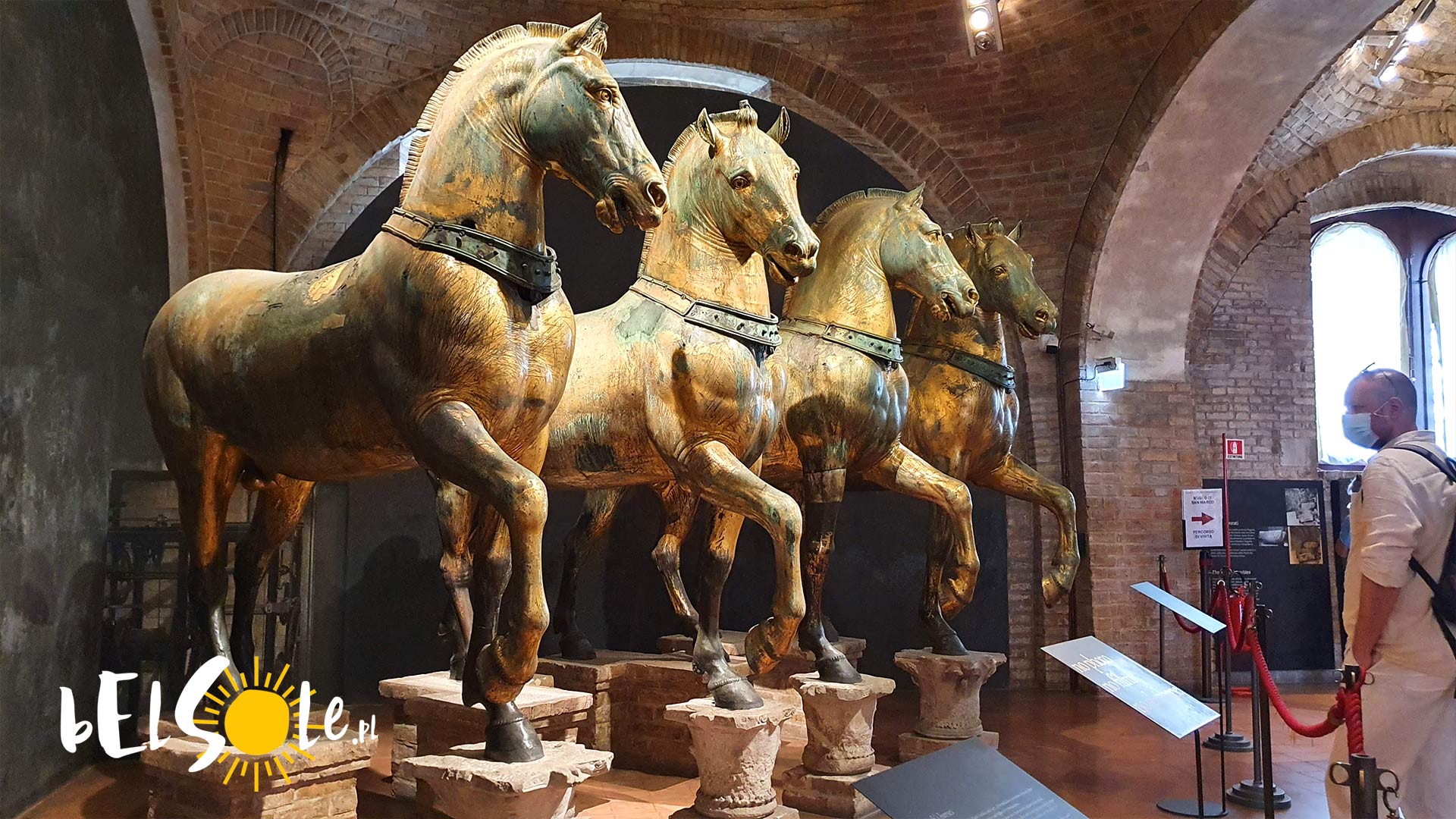
Above the entrance, you’ll also find mosaic scenes on the lunette related to Saint Mark and the Last Judgement. At the very top of the roof is the Lion of Saint Mark and the saint himself with angels.
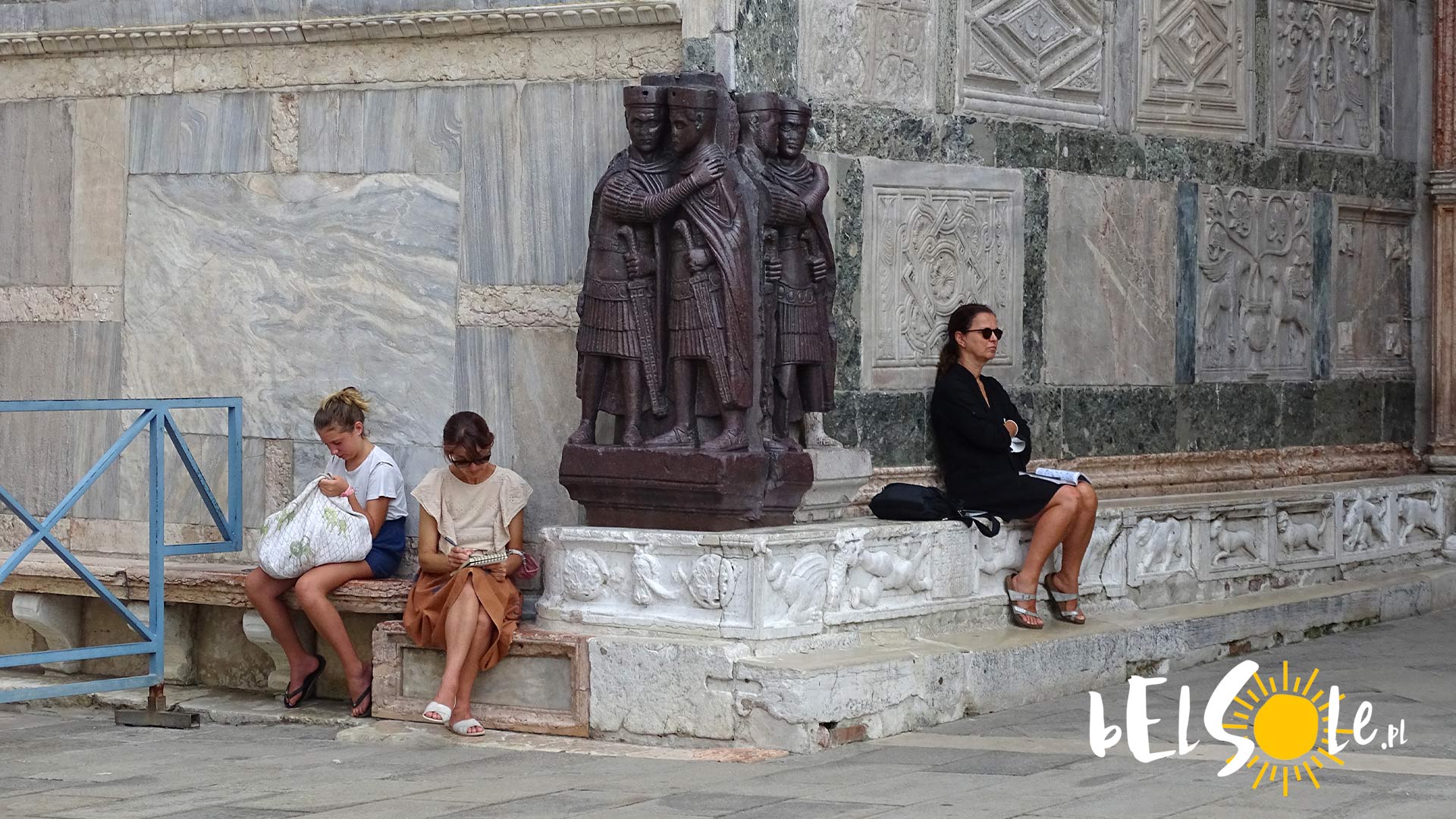
You can also find a sculpture on the site of the temple, the Portrait of the Four Tetrarchs. Just like the horses, it was brought from Constantinople in 1204. It depicts the first Tetrarchy, meaning the two emperors and two caesars, as dictated by Emperor Diocletian.
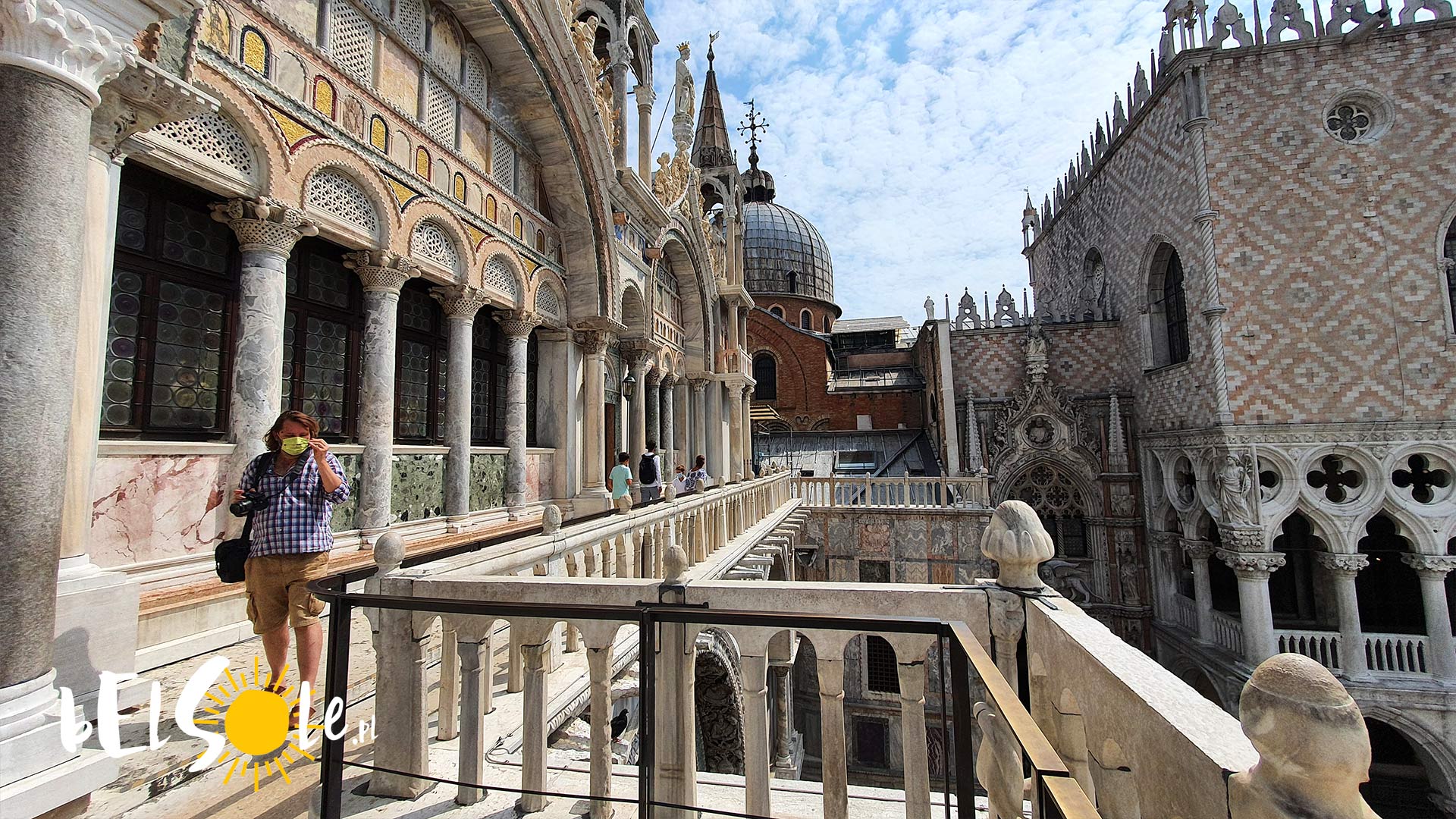

Next to the basilica, you will also find war spoils from Acca or Syria in the form of columns, which also adorn the temple’s façade.
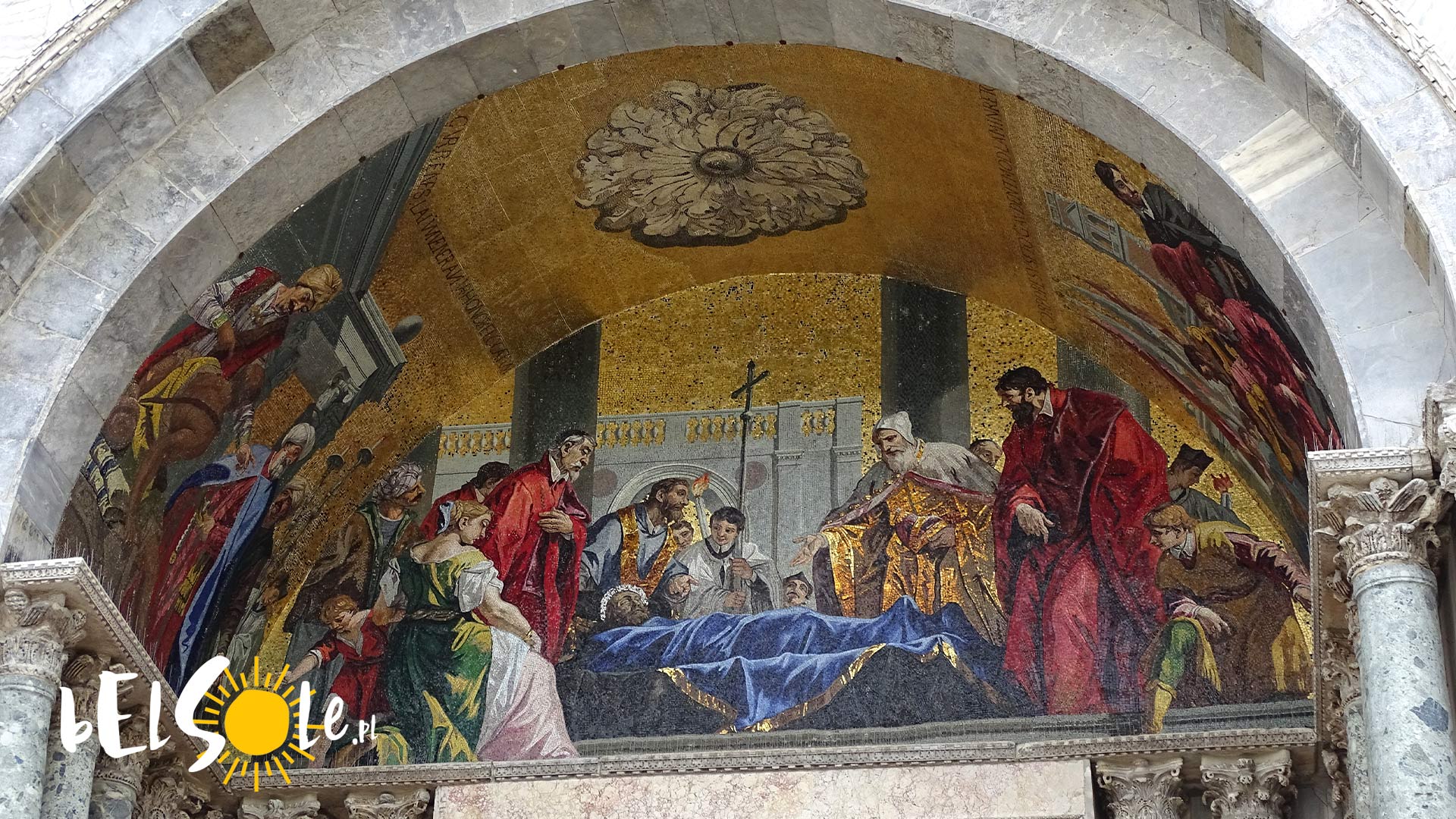
The inside of the Basilica
Inside the basilica, you’ll find nearly 8,000 square metres of golden mosaics. Apart from creating an incredible aesthetic, it’s likely that they opted for focusing on mosaics only to support the local Murano glass industry. The plan of the basilica is based on a Greek cross with domes arranged in the middle and along the axis of the cross. The large and intricate plan of decorations revolves around the central figure of Christ Pantocrator, with the entire interior shimmering goldenly.
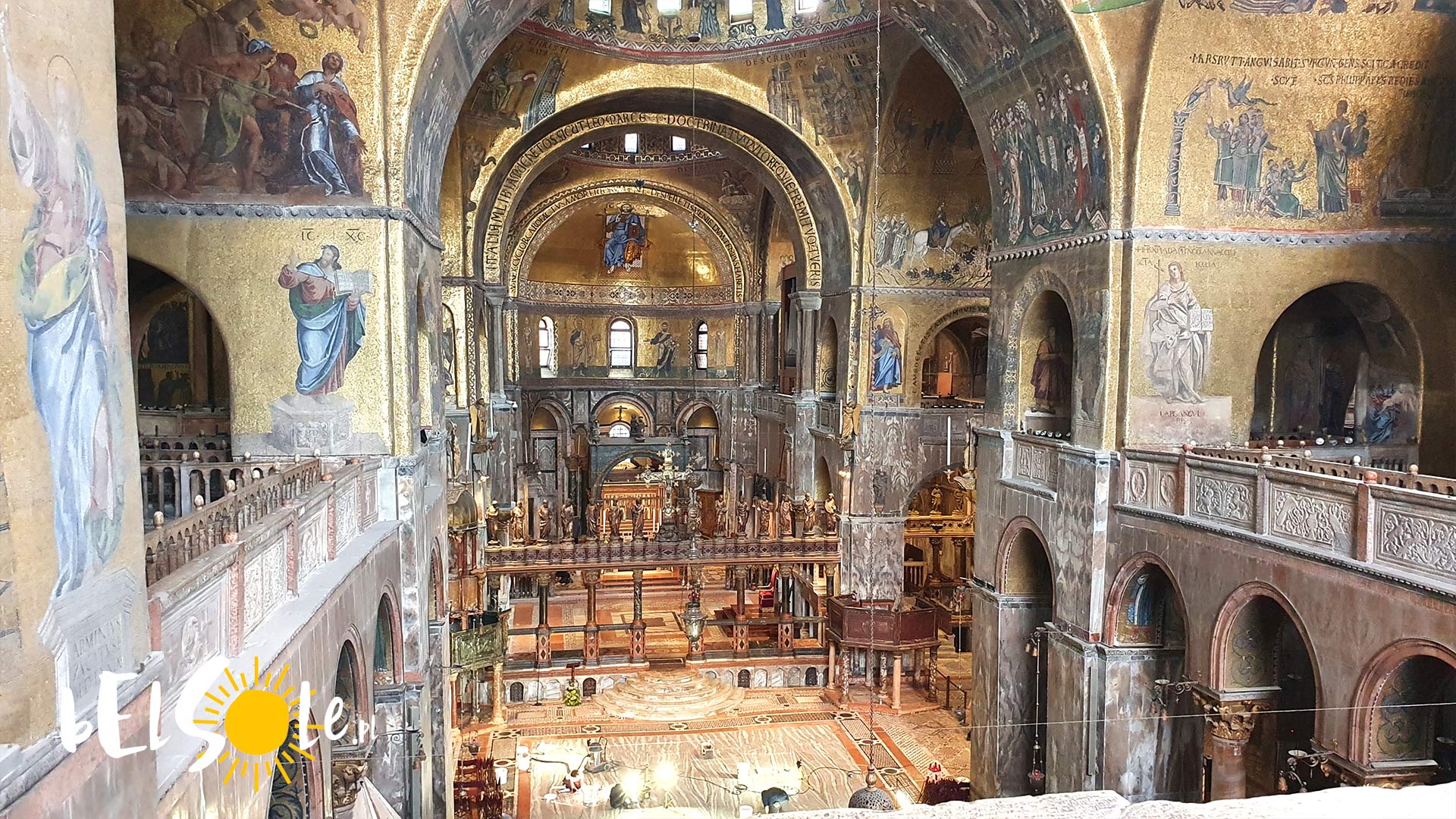
Behind the main altar is the famous Golden Pall (Pala d’Oro).

History of St Mark’s Basilica in Venice
Every ship arriving in the docks of Venice was ordered to make a gift to the temple. As such, St Mark’s Basilica looks like a conglomeration of many worlds, cultures and styles. It combines characteristic Middle Eastern design and arches with European culture. It’s closer to Byzantine temples in style than to the cathedrals of central and western Europe.
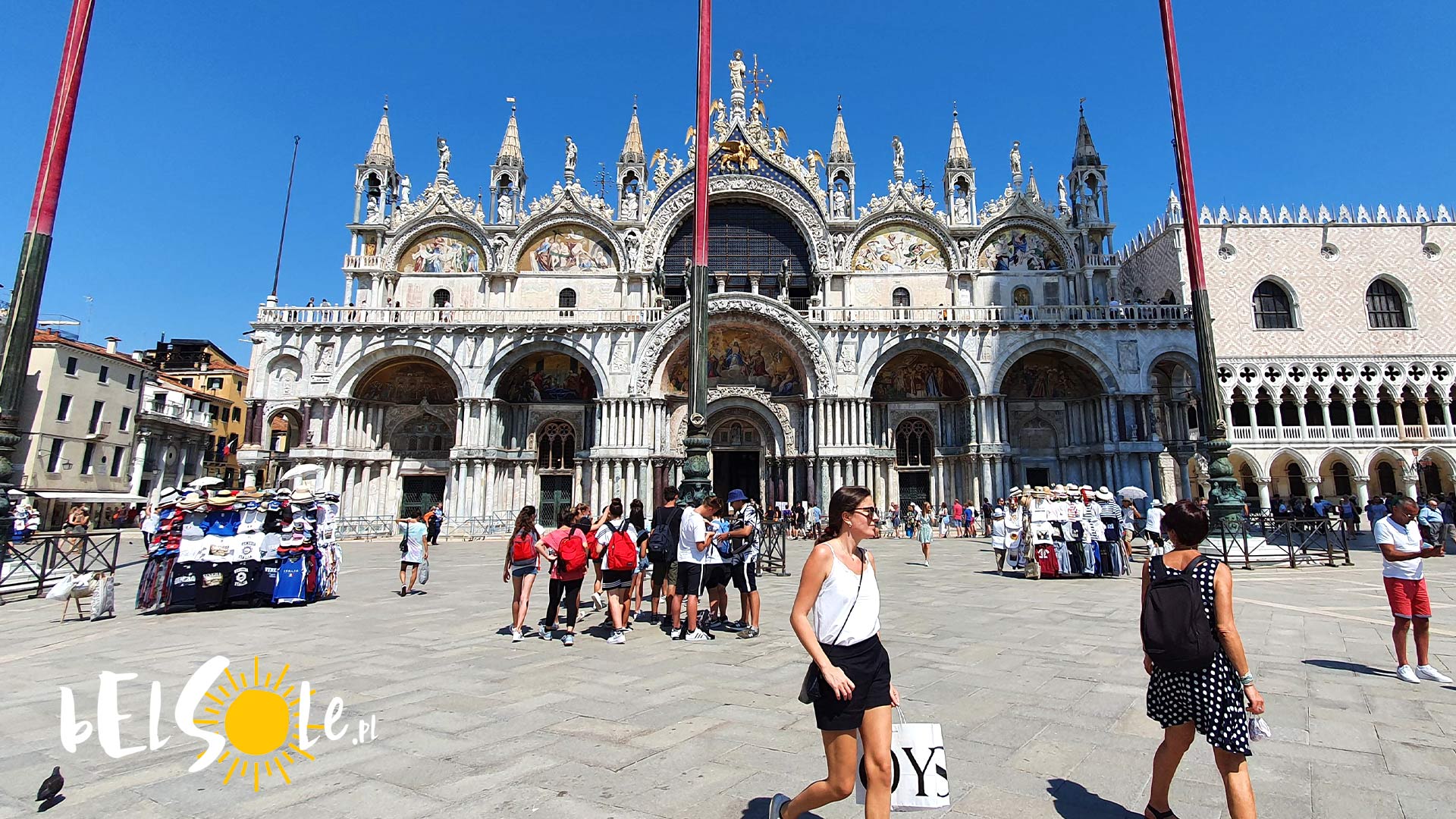
The basilica was consecrated in 1094, with the relics of St Mark being relocated to a new crypt. Prior, they were placed in the residence of the Doge, Giustiniano Participazio, somewhere around the 830 mark. The church that we see today was rebuilt in the 11th century and seemingly not as a direct response to the fires which destroyed much of the previous church in 976.
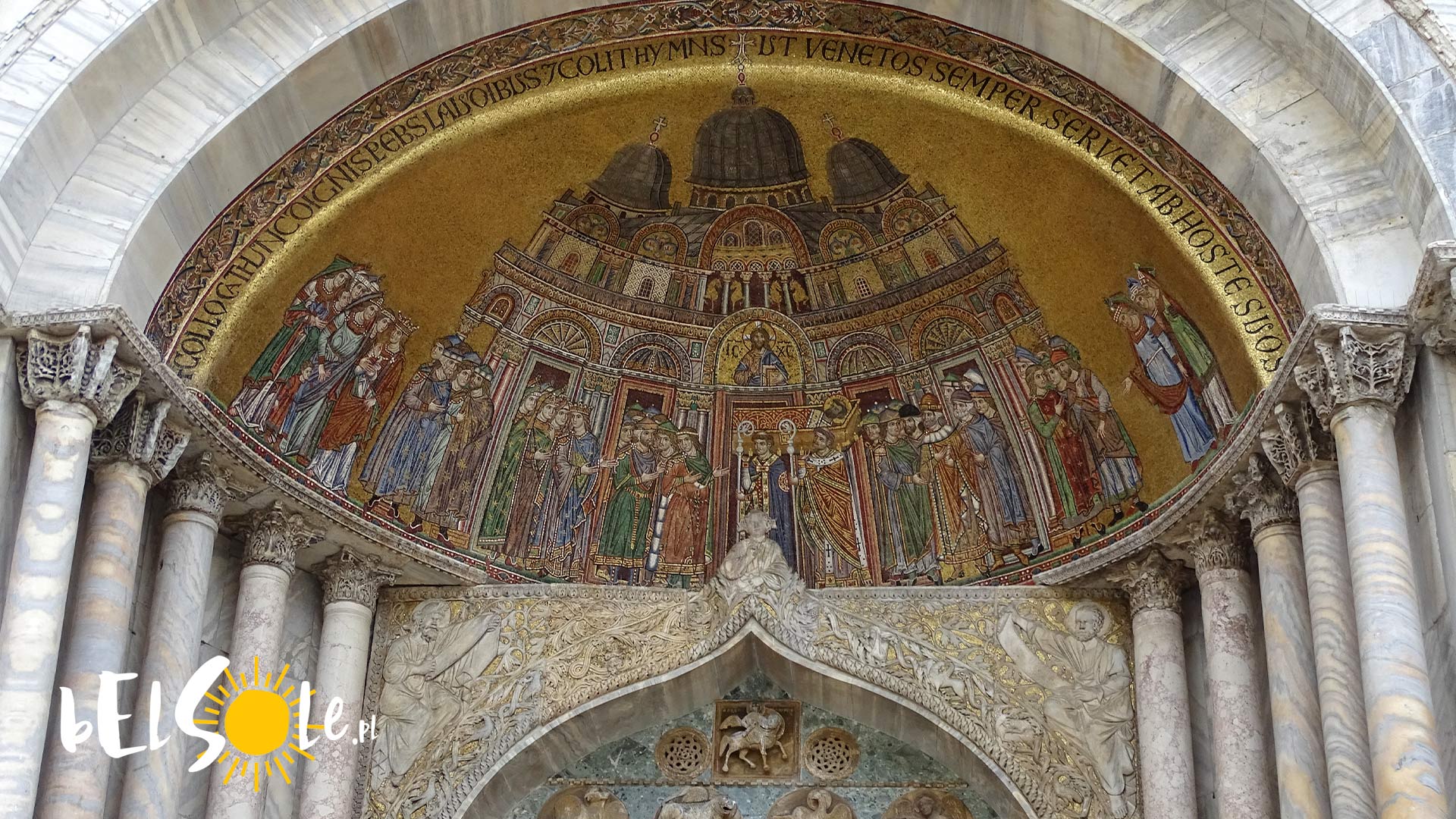
The following centuries, especially the time after the conquest of Constantinople by the Venetians in the Fourth Crusade in 1204, continued the period of development and decoration of the Basilica. Most notable additions are the horses and the columns brought from Constantinople.
The temple actually served as a political centre until the fall of the Republic of Venice (1797). It served as the official chapel of the Doge, and the Doge was effectively in charge of the building administratively.
See also:


